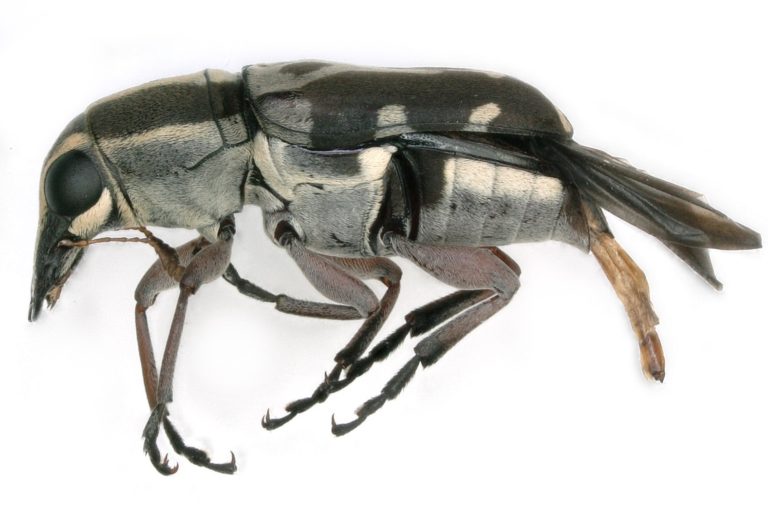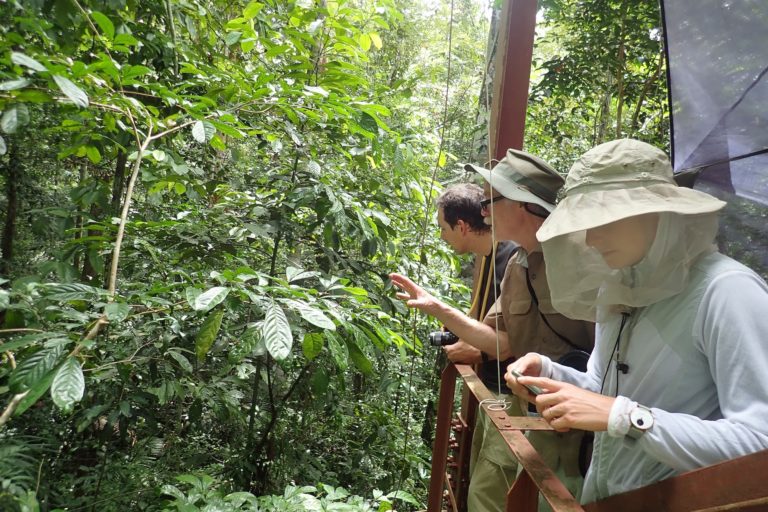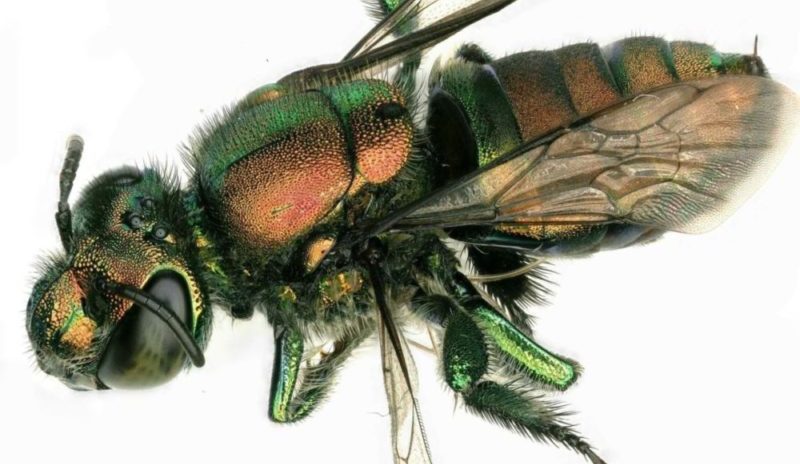Humans need insects
Many people find insects creepy, but the living world that we humans inhabit could not survive without insects.

Dalton de Souza Amorim, a researcher from the University of São Paulo, explains why insects are important:
“They appeared more than 400 million years before humans. They took part in the evolution of natural environments and are vital in the processes of recycling and maintaining ecosystems by controlling populations of other animals and plants, pollinating, and serving as food for other species. Without insects, there would be no life in terrestrial environments as we know it today.”
There are more species of insects than there are of any other kind of animal.
Entomologists study insects
Entomologists are scientists who study insects. They describe thousands of new species of insects each year – they give them scientific names and they write scientific papers about what the insects look like and what is known about them.
One of the areas of greatest known insect diversity (meaning lots of different kinds of insects) is the Amazon rainforest in South America.
Tall towers help scientists study insects in the Amazon
In 2017 a team of scientists from Brazil and the Natural History Museum of Los Angeles County carried out a large study of insect diversity in the Amazon.
This research took place at the National Institute for Amazonian Research’s (INPA) Tropical Forestry Experimental Station in the Amazonas state near Manaus, Brazil. The research station has a special feature that is useful for studying insects, a metal tower more than 50 m (164 ft) high! This tower is in an area of rainforest preserved for research use.

The research team set up five large nets on the tower’s platforms, starting at ground level and then every 8 m up from there. The highest net was located 32 m (105 ft) above the ground. This highest net was several meters above the forest canopy (treetop layer).
The nets would catch insects flying through the forest at the different levels. And the insects would then fall into traps. The trapped insects were then stored in containers of alcohol. Every 15 days the insects in the traps were collected, and this process went on for 13 months.
The scientists collected a lot of insects – almost 38,000 individual insects were collected in the first 2-week trapping session.

Once the insects were collected, they had to be identified, and that took a lot of work by a lot of people. It took 35 experts almost three years to sort through and identify insects collected from the first trapping session.

One of the major discoveries from this project was that 60% of the insect diversity was found above ground level. That means that if scientists had only studied the types of insects found near the ground, they would have missed the majority of insects present in that patch of rainforest.
The research team determined that there are tens of thousands of insect species present in the upper layers and canopy of the forest at just their study site.
Across the whole Amazon rainforest there are likely millions of species of insects in the upper levels of the forest that are yet to be discovered.
This story was adapted for Mongabay Kids by David Brown. It is based on an article by Suzana Camargo (and translated by Roberto Cataldo), published on Mongabay.com. Read more about this interesting research at Mongabay.com:
Citation for the research paper discussed in this article:
De Souza Amorim, D., Brown, B. V., Boscolo, D., Ale-Rocha, R., Alvarez-Garcia, D. M., Balbi, M. I., … Rafael, J. A. (2022). Vertical stratification of insect abundance and species richness in an Amazonian tropical forest. Scientific Reports, 12(1), 1734. doi:10.1038/s41598-022-05677-y
*This story was first published on Mongabay Kids on 11 April 2022






